 |
|
| Traditional festivals:exciting, graceful, spectacular! You can be a part of a truly Japanese custom. |
|
|
Danjiri Festival(Kishiwada city) |
|
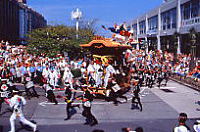 Kishiwada city Website ¨ |
|
|
In 1703, the Kishiwada daimyo, Okabe Nagayasu, re-inshrined Kyotofs Fushimi Inari (god of harvests) in Sannomaru inside his castle complex and held an Inari festival to pray for bumper crops. This is said to be the origin of the Danjiri Festival. |
|
| Izushi Castle Festivalis@j | |
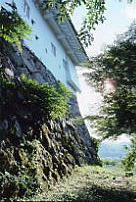 Hyogo Prefecture Website ¨ |
|
|
A festival symbolizing the castle town of Izushi.
|
|
| Sasayama Dekansho Festival (Sasayama city) | |
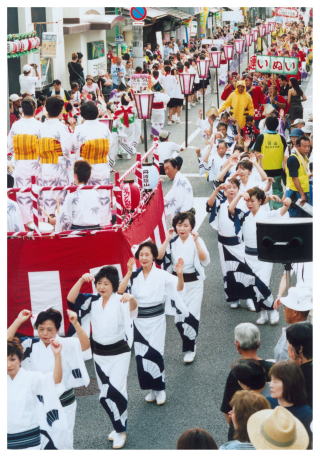 Sasayama city Website ¨ |
|
| In Japan, if you mention Sasayama, it is the Dekansho song that immediately comes to mind. The Dekansho is the largest folk song festival in Japan and is known by virtually everyone. | |
| Ako Gishi Festival@(Ako city) | |
 Ako city Website ¨ |
|
| It was on December 14 that the loyal retainers of Ako raided the Kira mansion and the story of how they achieved their long-cherished ambition is re-enacted in various parades. The highlight of the festival is the Chushingura Parade, which plunges spectators into the world of the Genroku era (1680-1709). | |
| Tatsuno Cherry Festival and Warrior Parade (Tatsuno city) | |
|
Tatsuno Park, with the most famous cherry orchard in the whole prefecture,
is a glorious sight when all 3000 cherry trees are in full bloom.
|
|
| Shigarakiyaki Pottery Festival (Koka city) | |
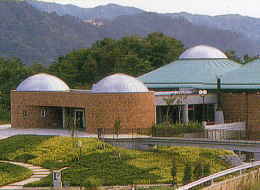 |
|
| The most famous example of Shigarakiyaki pottery is the tanuki, the brown
raccoon dog with the fat stomach, which is found as an ornament in all
shapes and sizes. This pottery, firmly embedded in daily life, was
originally used for everyday household ware. Then the tea ceremony masters Murata Juko and Sen no Rikyu came to prize wabi-sabi, or the elegant simplicity of everyday things and each tried to outdo the other in acquiring Shiragakiyaki pottery for the tea ceremony. There are many kilns in Shigaraki and in autumn their wares are put on sale at the pottery festival. |
|
| Yamatokoriyama Castle Festival (Yamatokoriyama city) | |
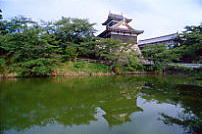 |
|
|
Koriyama Castle is associated with Toyotomi Hideyoshi. The town of Yamatokoriyama is also famous for its goldfish. From late March till early April various events are held under the cherry trees on the castle ruins. |
|
|
Omihachiman Suigo meguri@(Boat Tours) |
|
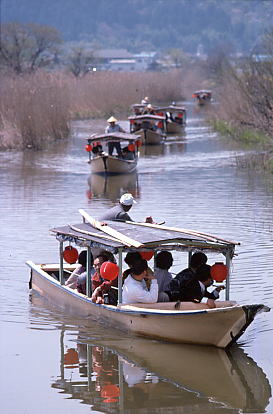 Omihachiman city Website ¨ |
|
| Banshu Kabuki@(Naka town) | |
| This is the last jikabuki or local kabuki left in Japan. Kabuki which took place in farming villages during the Genroku era (1680-1709), the tradition has been handed down and is kept alive today by Arashi Shizan and his troupe. | |
|
Miki Autumn Festival (Miki city) |
|
| The autumn harvest season is also the season for festivals. The town is divided in two and the young people pull along an enormous drum (the famous gfutonyatai drumh) to the Omiya-Hachimangu Shrine and the Iwatsubo Shrine. The most exciting part of the festival takes place at Omiya-Hachimangu when the two-ton drum has to be carried with aplomb up 85 steep stone steps. | |
